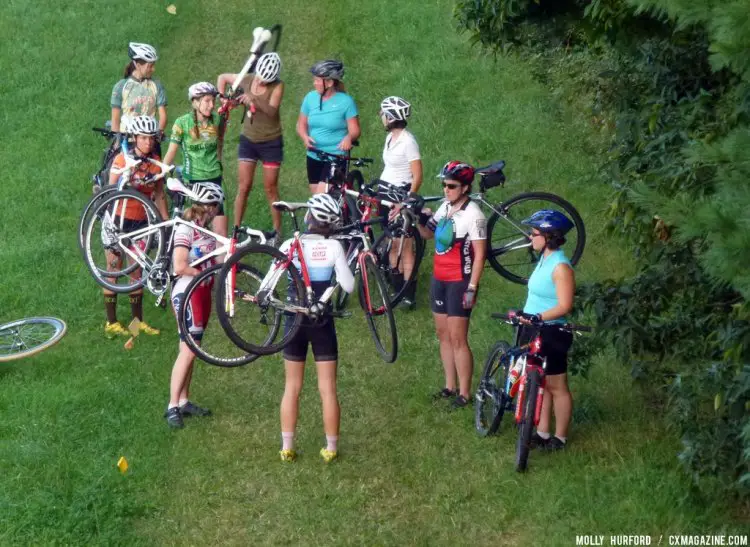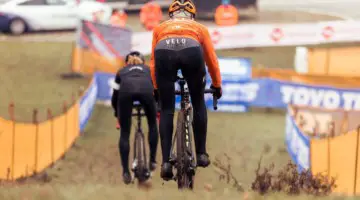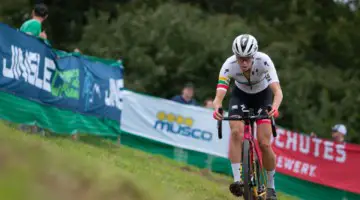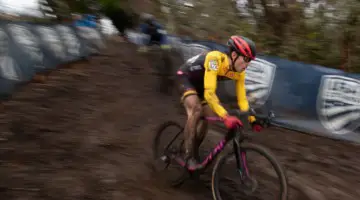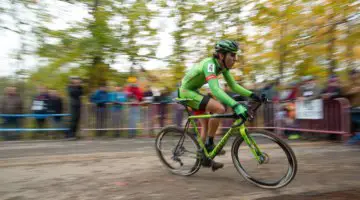Whether you are an Elite racer aiming to work your way through a UCI field, or a cowbell-ringing spectator looking to enter your first race come September, all riders who throw themselves into the competitive arena dream of better results. Your lofty goal could be a podium finish, but it could also be something a little more modest—say finishing a forty-five minute race without pulling out. As August is here, and cyclocross is just around the corner, even jaded riders start to feel the butterflies when they think about the new race season ahead.
Inevitably, this excitement brings about the need for preparation. For beginners, this might mean practicing unclipping pedals or lifting a mountain bike over imaginary barriers. For more experienced riders, training could be a three-month dedication to strength and core work, threshold workouts, VO2-max intervals and technical rides.
While training by yourself has its advantages, nothing beats actual cyclocross races for improving conditioning and skills. Landing on your saddle when your heart is skyrocketing is much different than jumping on your bike in your backyard. You might have to wait until race day to push yourself to your body’s limits, but if you want the best simulation your other cyclocross buddies can provide, look no further than Wednesday Night Worlds.
For today’s Training Tuesday piece, we’re focusing on how to prepare for racing, by racing. See our tips to finding a good practice and creating your own practice through our guide below.













